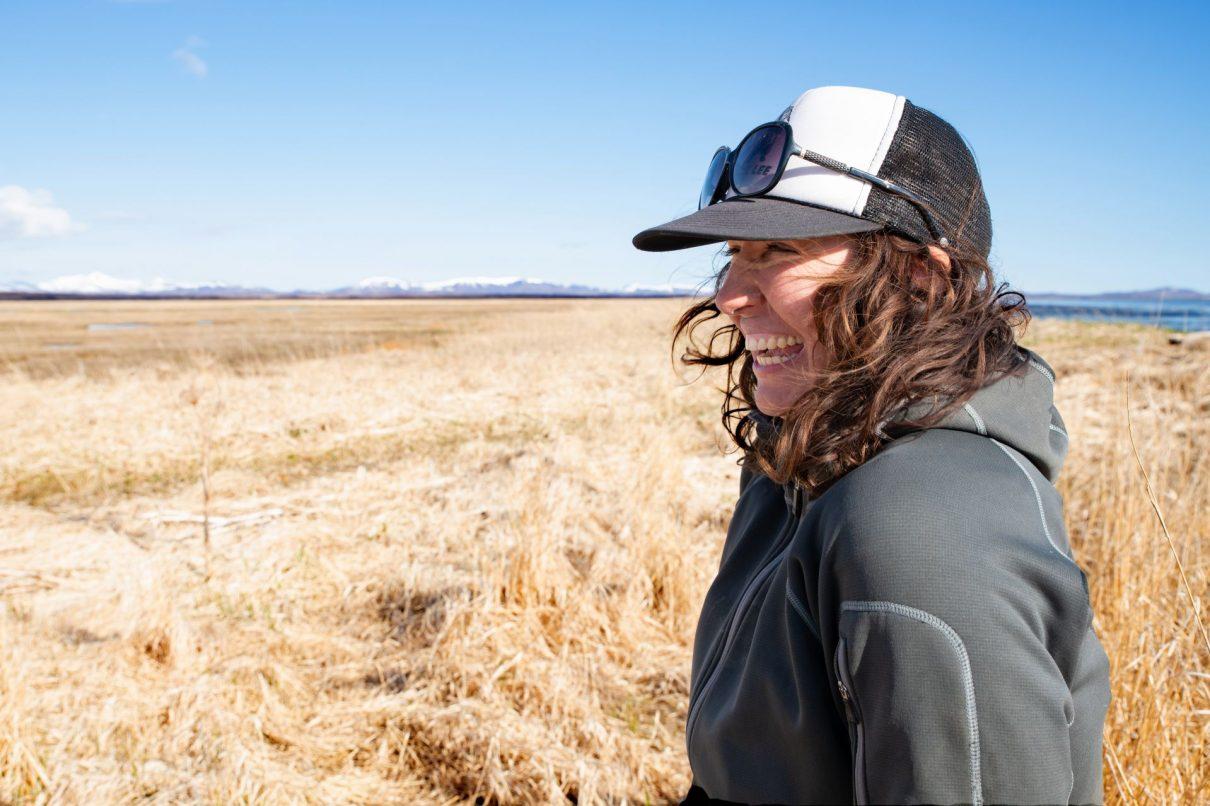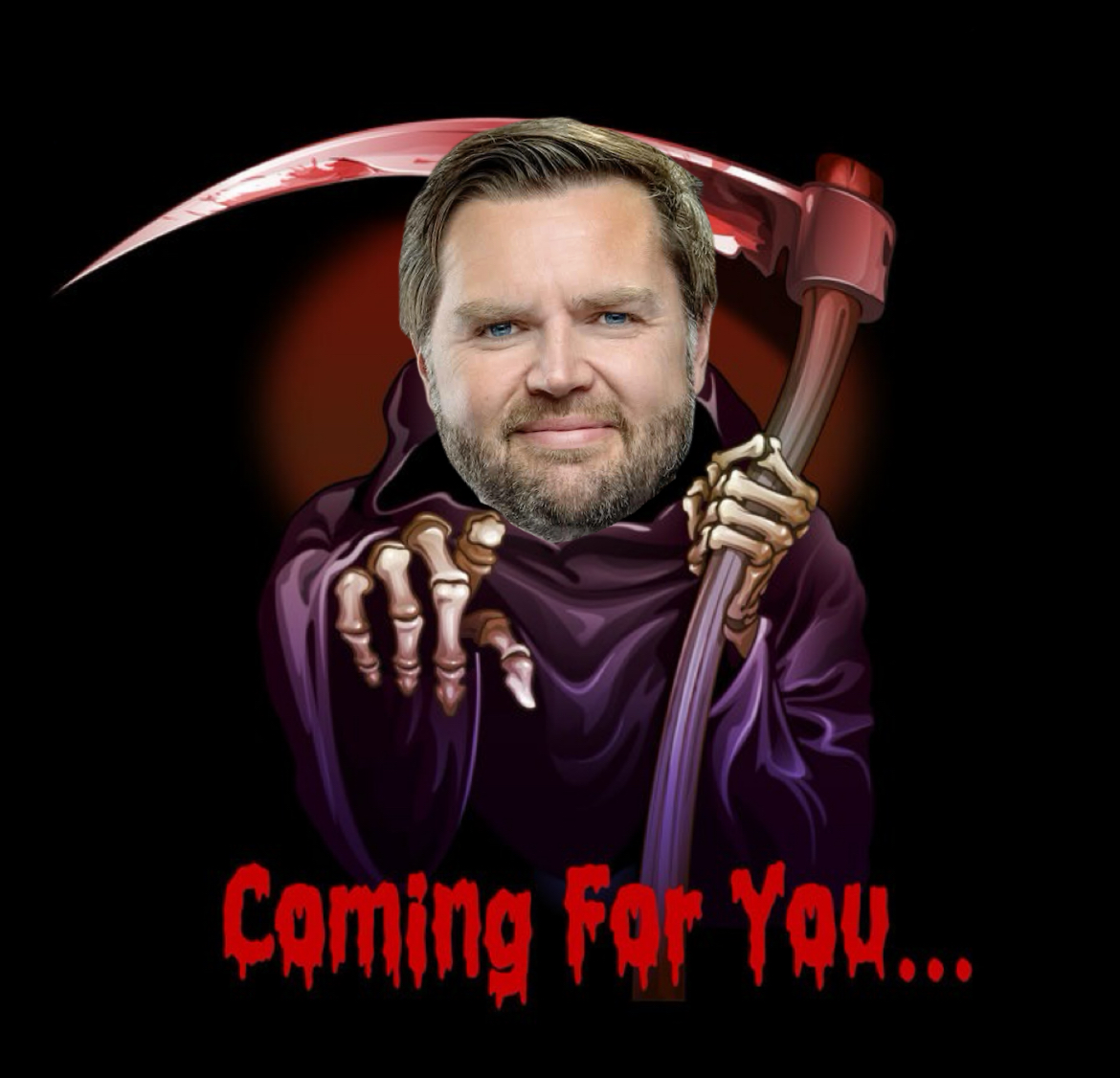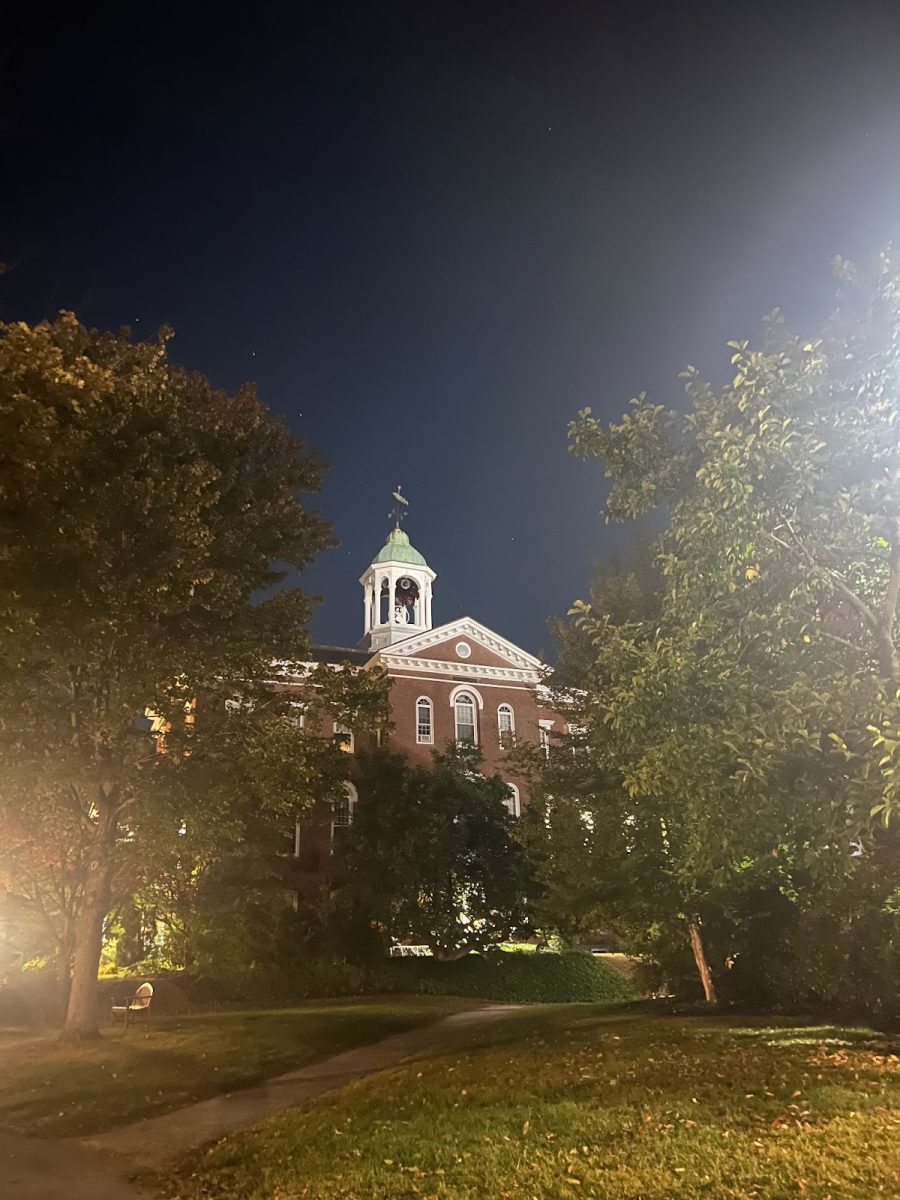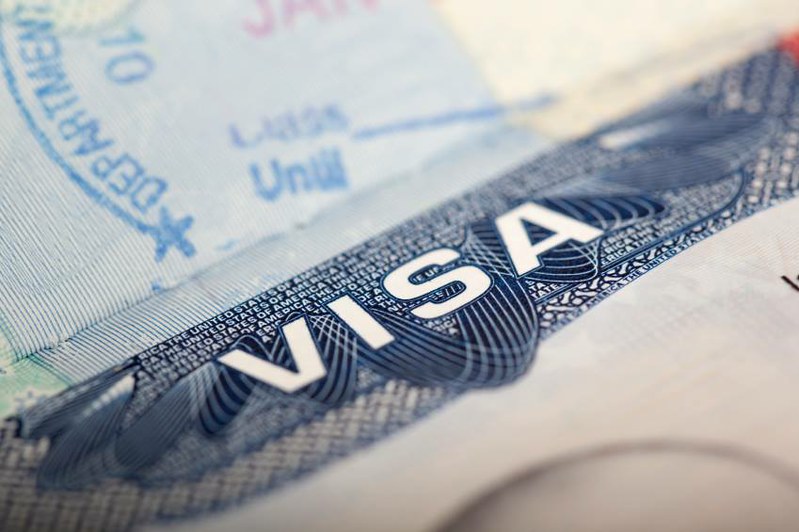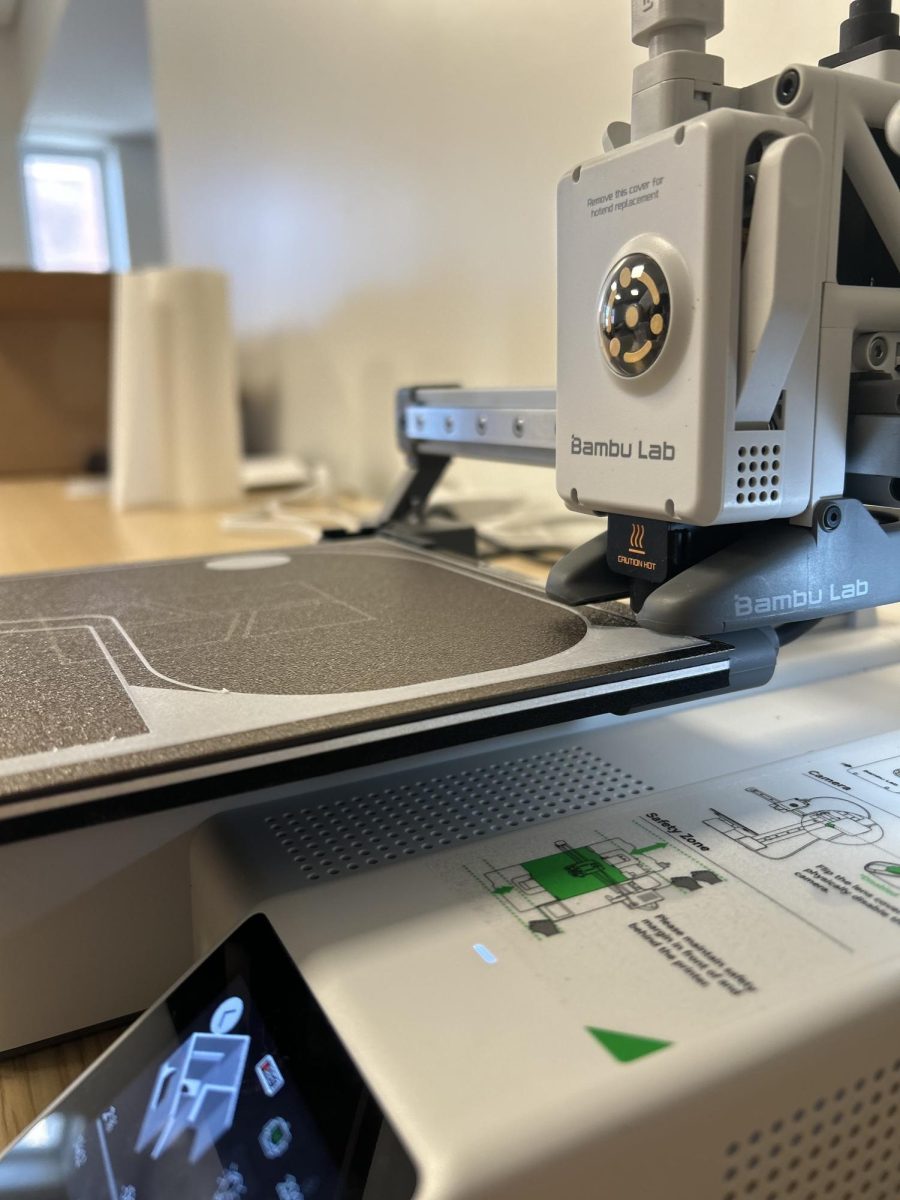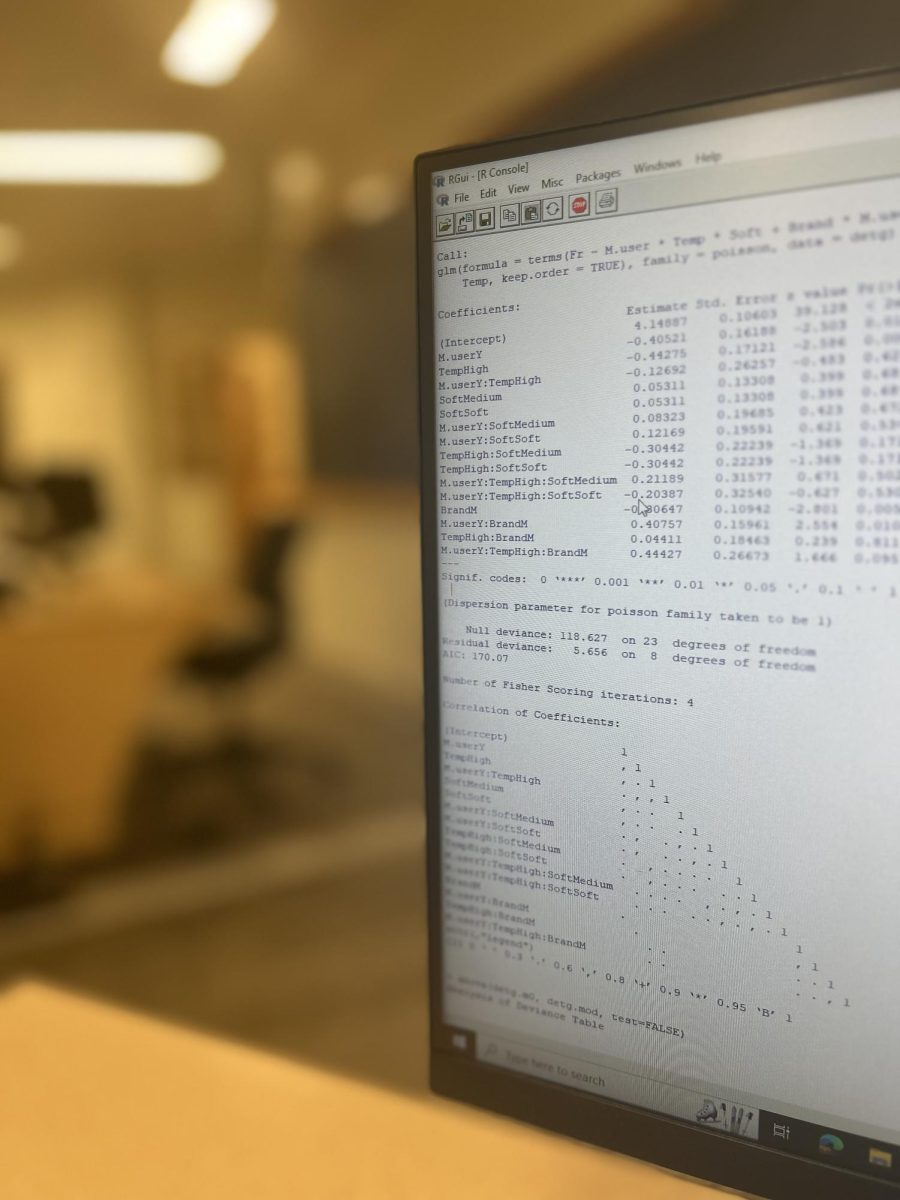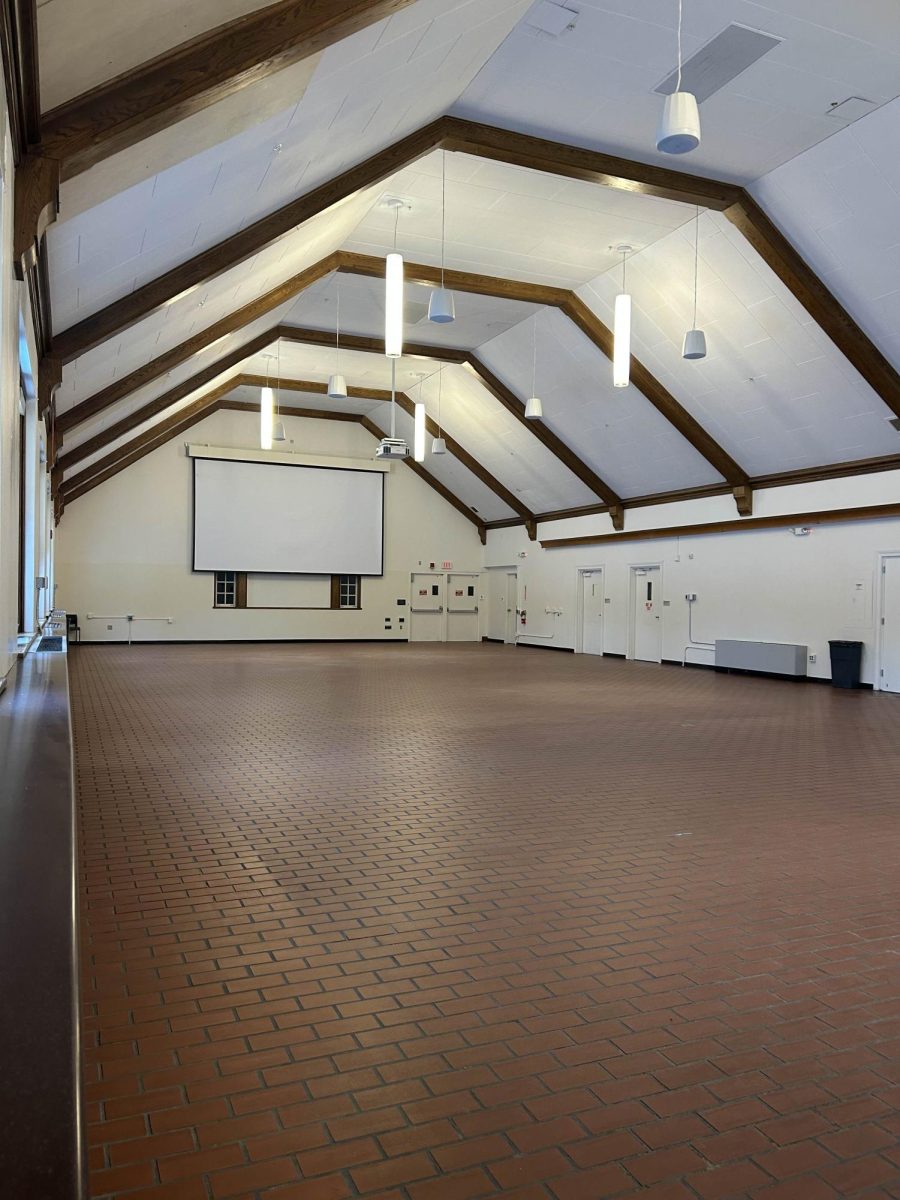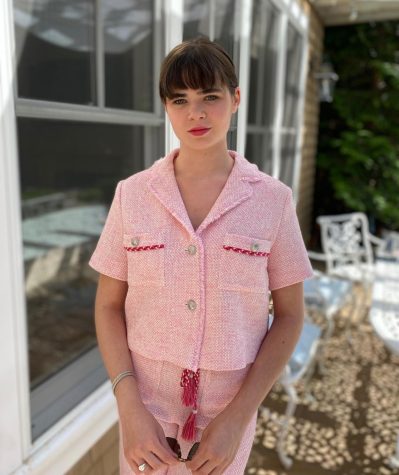Learning about the career and accomplishments of Bates professor, Dr. Kristen Barnett, and sensing her passion, it’s hard to believe that she didn’t always know that she wanted to be an anthropologist.
Dr. Barnett, who received her PhD in cultural heritage and archaeology from the University of Montana, admits that this was, in fact, the case. She says as a first-gen incoming undergrad student, “I started flipping through a course catalog, and of course you start at the ‘A’s. So I started reading. I got to anthropology, and I thought, ‘Oh, I like this…’” Now,
Dr. Barnett is working to reshape what people commonly know as the world archaeology and Indigenous studies. Recently, Dr. Barnett received two grants from the National Science Foundation, one a $706K research award to continue her research on pre-colonial archaeology in Togiak, Alaska.
She started her work in Togiak back in 2011. Togiak is located in Northern Bristol Bay in Alaska. It is a Yup’ik village accessible only by water or by air, a population of just over 800 people. Because of the remote location, the community still relies mostly on a subsistence economy, which includes salmon, smelt, moose, cod, seal, and more.
This work actually began much earlier, with an archaeological excavation that took place there decades ago at the hands of a PhD student—who would later apologize for taking objects from Togiak for a personal collection. Dr. Barnett met with Traditional Council (an important community organization) in Togiak to discuss what had happened so many years before. This meeting, specifically the questions and desires of the community, shaped Dr. Barnett’s initial partnership with the Togiak community. She initially worked to identify and locate excavated materials and then later to facilitate the return of the unaccessioned objects, including human remains, to their true home.
Near the end of this process, Traditional Council decided that they wanted to redefine the village of Old Togiak from a place of Yup’ik beliefs and experience.With this new development Dr. Barnett’s partnership with Togiak shifted in a new direction.
Dr. Barnett originally relied on using non-invasive surface mapping, geomagnetometry, and core sampling. Soon after, Traditional Council asked if Dr. Barnett would excavate. Consequently, she wrote and received a research grant to continue her work. This grant has enabled her to carry out her work and allow her to continue to build and maintain a strong relationship with the Togiak community.
While working, Dr. Barnett always considers the ways in which archaeology, and more specifically, her own work, affects others. She reflects on her professional title: “I think of myself more as an Indigenous scholar who uses archaeological methods, rather than a more old-school archaeology. So, the goal isn’t for me to tell anybody’s story alone.”
The project is developed in a framework of Research Sovereignty. This means that the materials excavated and removed via core collection (since 2011), from tangible to intangible items, belong to the Togiak community. The objective of this Indigenous archaeology project differs from old-school archaeology.
The project will, of course, contribute to the archaeological understanding of the area. However, more importantly to Dr. Barnett is for the research partnership to contribute to the long-term goals of the community revolving around economics, education, health and well-being, among many others.
Dr. Barnett notes the concept of colonial ghosts. “[People] study the past without a recognition or connection with contemporary communities and needs. The goals are to make sure that the work that is done connects to and benefits the community’s goals rather than to contribute only to the goals of archaeology.”
Regarding her work in relation to her time at Bates, she has found that students have been very receptive to learning about Indigenous studies.
Dr. Barnett has been able to take Bates students to Togiak during short-term classes. She has brought students to the Togiak school, which serves students K-12, where she taught and intro to archaeology course. The relationship between her Bates program and the Togiak school has flourished over the past years. It is active to this day.
Dr. Barnett is getting ready to take Bates students to Alaska for the fourth time during Short-Term 2020. Her trip attracts a wide variety of students, from those who are interested in archaeology to those who are looking to travel to a new place. Dr. Barnett discussed the impact of Bates student’s work in Togiak, saying, “The ongoing relationship with the Togiak school has really become central to the project. The relationship building, and the outcomes of the project, and the way that Bates students have destigmatized colleges for the community is fantastic.” She hopes that Bates students will continue to want to take the short term in Togiak.
In the future, she is looking to find new ways to present her research to Togiak students and the community. Along with community members, she is considering finding new ways to make the findings meaningful using augmented reality or virtual reality technology as well as a host of other options. By sharing this work in such a format, Dr. Barnett hopes that the Togiak students will be able to find more relevance and ways to engage with the archaeological findings.
Back on campus, Dr. Barnett hopes to continue teaching and increase awareness of the importance of Indigenous studies, as it is not often discussed with a pre-colonial lens.
As of now, Bates does not have an Indigenous Studies program; however, students are growing more and more interested in engaging in conversation about this topic. This includes the new addition of Indigenous scholar Professor Ian Ellasante in Gender and Sexuality Studies.
Dr. Barnett describes her experience discussing Indigenous studies in the classroom: “I love working with the students. I think some of it starts on this very baseline level of recognizing that there are Indigenous people…now.”
There is much to learn when it comes to Indigenous people and Indigenous land, and the Bates community is in the process of learning more. There is a lot of power in being able to understand the stories of other people, and Dr. Barnett will continue to research and teach the community to recognize that.


